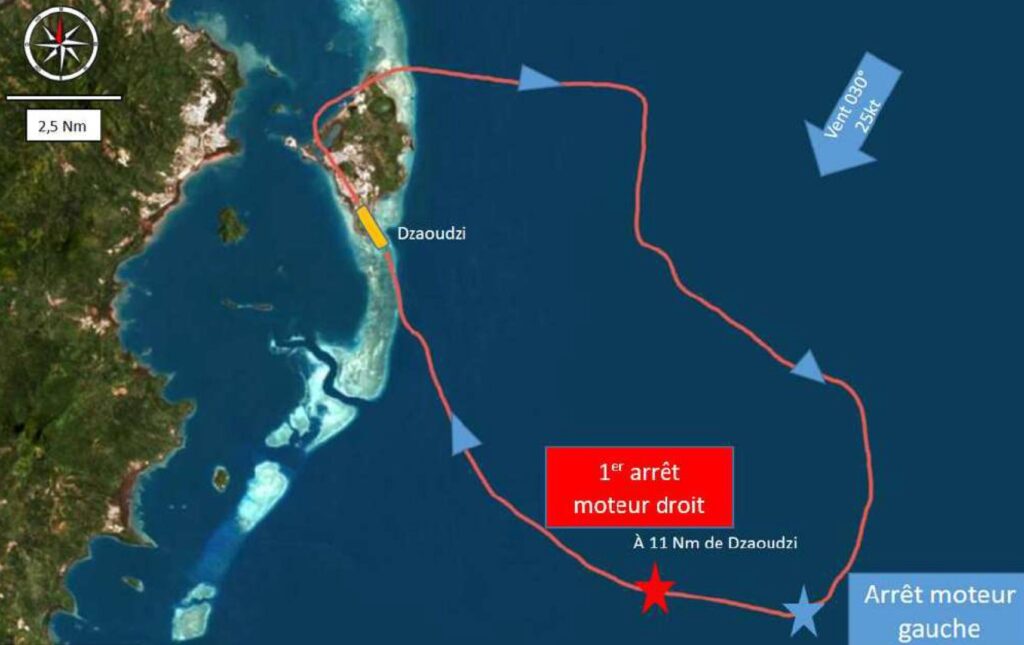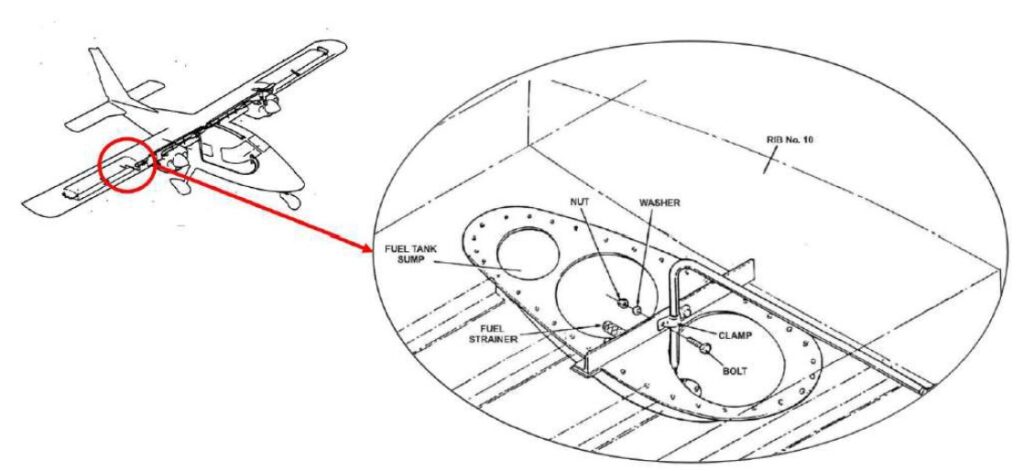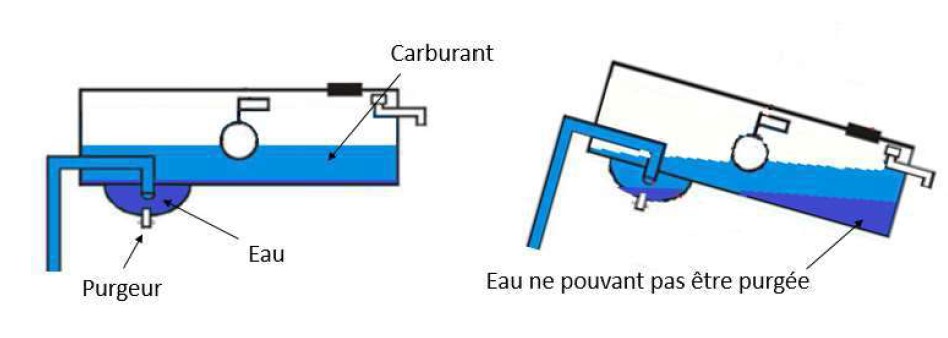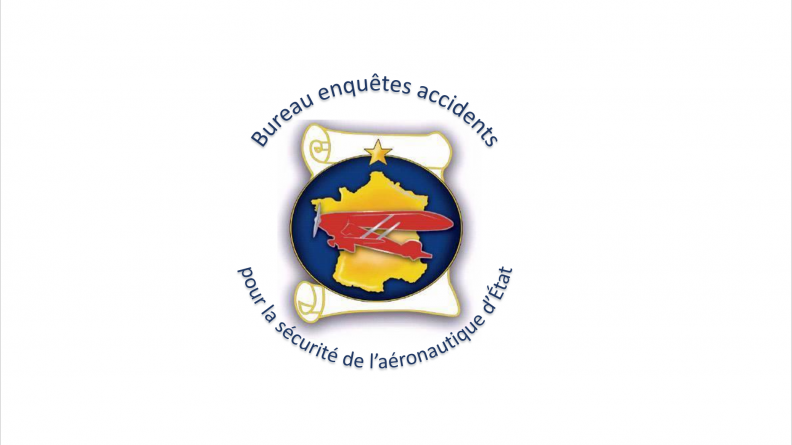Double Trouble: Offshore Surveillance P68 Forced to Glide After Power Loss 11 nm Offshore (Réunion Fly Services Vulcanair P68C F-ORET, Mayotte)
On 12 December 2021 Vulcanair P68C F-ORET of Réunion Fly Services suffered a double engine power loss event off the French Indian Ocean island of Mayotte.
As the aircraft was conducting a border patrol mission for the Prefecture of Mayotte the investigation was conducted by Le bureau s’appelle désormais Bureau Enquêtes Accidents pour la sécurité de l’aéronautique d’État, the French state aircraft accident investigators, the BEA-É.
The Serious Incident Flight
In their safety investigation report (issued in French only) they explain that the aircraft took off from Dzaoudzi Pamandzi airport, Mayotte at 07:26 Local Time operating under EASA Part-SPO regulations. Mayotte is midway between Madagascar and the Comoros islands. On board were a pilot and an observer and the aim was to conduct a maritime surveillance mission at 500-1,200 feet.
Shortly after, c12 nm to the southeast, at an altitude of 800 ft, the pilot heard an abnormal noise from the left (no 1) engine and observed an “oscillatory movement of the propeller spinner”. Concerned at the possible release of debris the pilot initiated an in flight shutdown of that engine and a return to base.
Shortly after, 11 nm from the airport at 450 ft, the right (no 2) engine suffered a loss of power and cut out. Four attempts to restart that engine failed to achieve more than a brief period of running and an attempt to re-start the left engine also failed. The pilot ultimately successfully glided to Dzaoudzi Pamandzi airport and made a safe landing.

Flightpath Reunion Fly Services Vulcanair P68C F-ORET (Credit: BEA-E)
Safety Investigation
The BEA-É comment that the pilot was experienced on twin-engine aircraft, also an instructor and was used to demonstrating and carrying out engine failure exercises. The investigators note that this experience may have paradoxically encouraged early shut down of the no 1 engine before gaining more height. In contrast, the failure to restart the left engine was, in the opinion of the investigators, most likely due to an surprisingly hurried attempt but crucially without use of the checklist that may have resulted in omission of one of the series of steps necessary.
The report gives no detail on what sea survival measures were in place for this operation.
No 1 Engine Failure

Left Hand Propeller Spinner as Found on Reunion Fly Services Vulcanair P68C F-ORET (Credit: via BEA-E)
Upon disassembly damage was found to the propeller spinner support.

Investigators concluded that the origin of the damage was misalignment of the low pitch thrust bearing tightening nut, in turn causing longitudinal misalignment of the spinner resulting in the damage found. This failure is not further elaborated upon.
No 2 Engine Failure
The aircraft had been parked outside for the 12 days since it arrived on the island. On the first 11 evenings it had been refuelled from 195-litre AVGAS 100 LL drum stock. Only on the evening prior to the accident was the fuel not topped up. That evening the aircraft was parked overnight facing east on an apron with a slight slope to the south, with c300 litres of fuel evenly distributed in the two wing tanks (the maximum capacity is 538 litres). Each engine is usually connected to the corresponding wing tank. It is possible to modify this configuration flight by connecting an engine to the opposite tank by means of the fuel selector valve.

Vulcanair P68C Fuel System (Credit: via BEA-E)
Fuel filler caps and the fuel drain valves are located outboard of each engine.


Post flight fuel sampling detected the presence of water. At that time 200 ml was recovered. The BEA-É explain that:
An engine without fuel for more than three seconds is considered to shut down spontaneously. [With an engine rotational] speed of 2,450 revolutions per minute, or 40 revolutions per second, and a consumption of around 40 liters per hour, the Lycoming engine of the P68 C can absorb 33 ml of liquid in three seconds over 120 revolutions. If this liquid consists exclusively of water, it will cause the engine to stop.
Investigators concluded that with the aircraft parked on a slope, right wing low, the drain port position meant that not all the water could be drained from the tank.
The brief periods of engine running after each restart were because during asymmetrical flight on one engine with some roll and yaw, the water present in the right tank tends to move towards the engine feed point and can cause the engine to shut down in less than a minute. However when then gliding, the flight becomes symmetrical and the water moves in the tank and a restart can occur.

No defect was found with the aircraft that would have allowed water ingress environmentally. Chemical analysis determined the water most closely matched local tap water (rather than rain water or condensation). The BEA-É do not opine of the origin of this water but indicate in the preamble to a safety recommendation that the tap water may have been introduced as a “voluntary act” (implying sabotage).
Safety Recommendations
The operator should:
- Put in place a system to secure the aircraft’s access points and vital systems.
- Perform pre-flight purges on a flat surface.
The Ministry of the Interior should:
- Include a clause in outsourcing contracts aimed at having the BEA-É notified of events
that must be the subject of a safety investigation.
Safety Resources
The Irish Air Accident Investigation Unit (AAIU) has issued a preliminary report unto the forced landing of P68 Victor F-HIRD near Carnsore Point, Co Wexford on 23 September 2021 while conducting an offshore wildlife survey.
We have previous written on an accident during another offshore wildlife survey using a Cessna 337 in the US: Survey Aircraft Fatal Accident: Fatigue, Fuel Mismanagement and Prior Concerns
You may also find these Aerossurance articles of interest:
- The Wrong Fuel: Three Misfuelling Accidents
- Fuel Exhaustion Causes EMB-110 Emergency Landing
- UH-1H Fuel Exhaustion Accident
- NASCAR Driver and Pilot Died in Mooney M20C Fuel Starvation FOD Accident
- Canadian KA100 Fuel Exhaustion Accident
- Running on Fumes: Fatal Canadian Helicopter Accident
- Japanese Jetstar Boeing 787 GEnx-1B Engine Biocide Serious Incident
- Wait to Weight & Balance – Lessons from a Loss of Control
- Impromptu Flypast Leads to Disaster
- Fatal Night-time UK AW139 Accident Highlights Business Aviation Safety Lessons
- Fatal Snowy Powerline Inspection Flight
- Singapore Airlines B777 41t Fuel Discrepancy Incident
- Fuel System Maintenance Error: Tuniter ATR72 TS-LBB Ditching 6 August 2005
- Runway Excursion Exposes Safety Management Issues
- LOC-I Departure: AAIB Report on King Air 200 Accident
- Fatigue Featured in Anchorage Alaska Air Ambulance Accident
- A Baffled Attitude Fuel Starvation Accident
- UPDATE 20 May 2023: Oil & Gas Aerial Survey Aircraft Collided with Communications Tower



Recent Comments